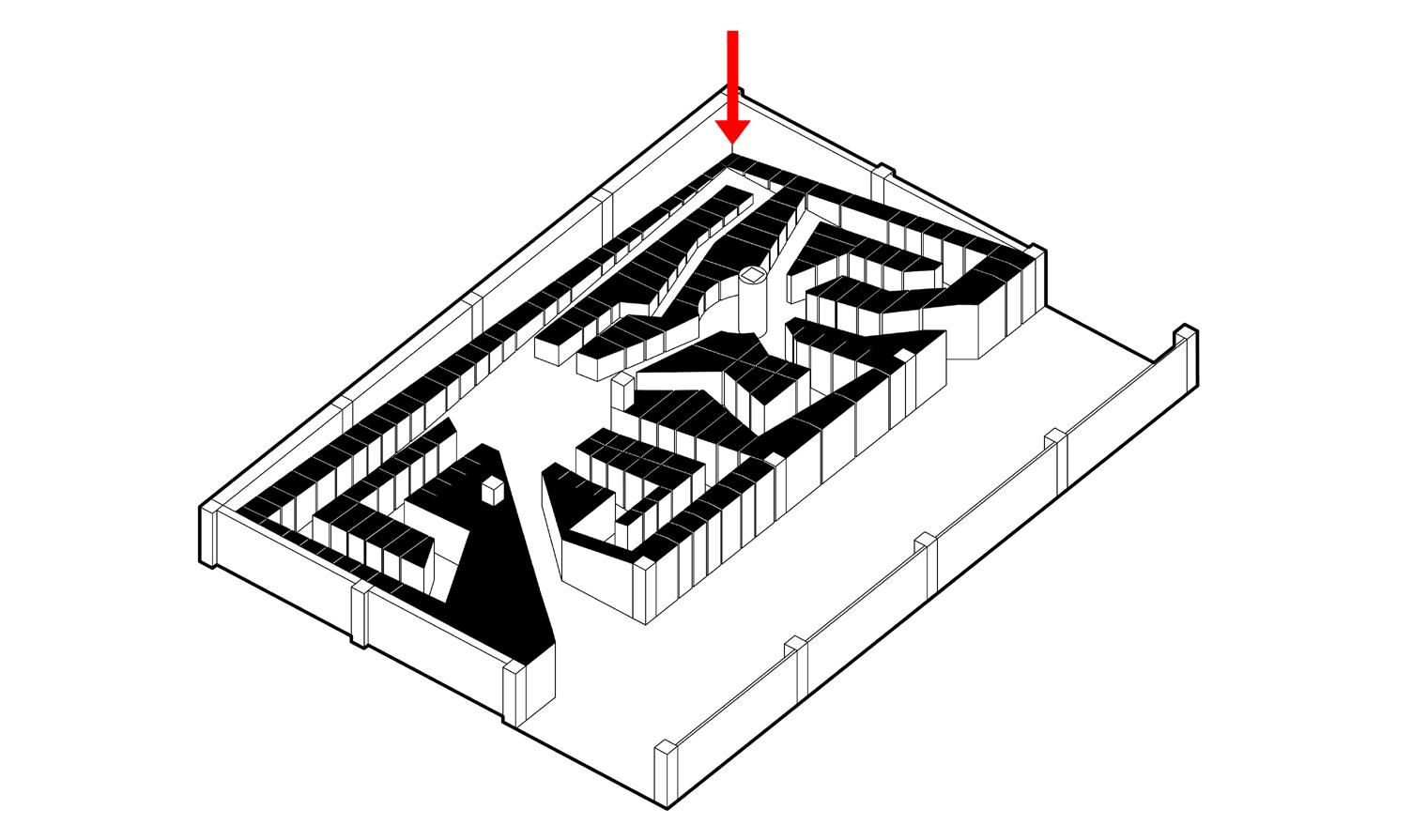
1 minute read
Unearth installation
by 張皓翔
This project revived the idea of a “cityscaled museum,” but with a more abstract approach in terms of form-generating. Thinking of how one could mass-produce the “display stands” while still maintaining their individuality, resulted in the designation of a construction method in place of actually designing each one of them. Creating display stands with infinite display box configurations to be spread around the city.
“
Advertisement
Unearth” was the submission for a competition a year after designing “Culture seeds.” The brief was to create an installation with a base of 4 square meters, which I saw as an opportunity to revive the idea of a “city-scaled museum.” The evolution from “Culture seeds” to “Unearth” is the clear epitome of how ideas could evolve and have the capacity to generate new possibilities and designs.
Idea: Unearth
The Form is one of the most physical and important qualities of space. It is what orchestrates light and sound; shapes one’s perception; and dictates the overall atmosphere. It is the responsibility of the author to apply intentions to Form to cultivate a certain spatial experience for the user. Due to its encompassing and omnipresent disposition, a contrast to that of an “object,” the Form of “space” is obligated to embody intentions that are capable of being received universally. If the Form lacks such universality, it would be forced to welcome all kinds of misinterpretations, rendering it arbitrary and meaningless. Such Form would not have the capacity to “cultivate,” making it no better than random scribbles on a plan drawing by a child.
Forms created with operations such as “space sculpting” (which rely on the author’s subjective judgment and a certain willfulness), “found space” (which the Form is discovered by chance then later attached with meanings), or “abstracting” are extremely arbitrary and even if there still exists a trace of intentionality, it would most likely depend heavily upon spectator’s intellectual capacity to be comprehensible and failing to be universal. Furthermore, these operations are often adopted for the mere purpose of creating spaces that are “unique,” which I do not believe is its sole destiny.
The only possible way for Form to be able to “cultivate” experience and express intentionality is for it to be derived directly from spatial ideas. Spatial ideas that are intention-giving and require only basic knowledge to be understood (guaranteeing universality). However, ideas and intentions are meaningless if the Form itself lacks clarity and fails to convey them, which is why it is equally important for the Form to be derived through a precise deduction process. This allows the spatial ideas to become an inherent part of the Form, imbuing it with formal intentions that are universally comprehensible and can be experienced by all more or less in the intended way. It is my endeavor to achieve such Forms in my works.





